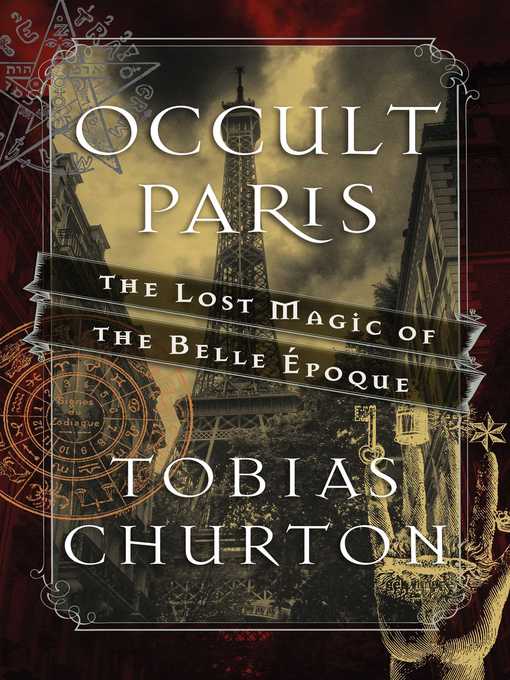- New eBook additions
- Available Now - Ebooks
- Thrillers & Suspense - Ebooks
- Historical Fiction - Ebooks
- Christian Fiction - Ebooks
- Romance - Ebooks
- Nonfiction - Ebooks
- Kid's Reads Available Now
- See all ebooks collections
- New Audiobooks
- Available now
- Thrillers & Suspense - Audiobooks
- Historical Fiction
- Listen to Romance
- Christian Fiction - Audiobooks
- Nonfiction - Audiobooks
- Kids' Picks
- See all audiobooks collections

